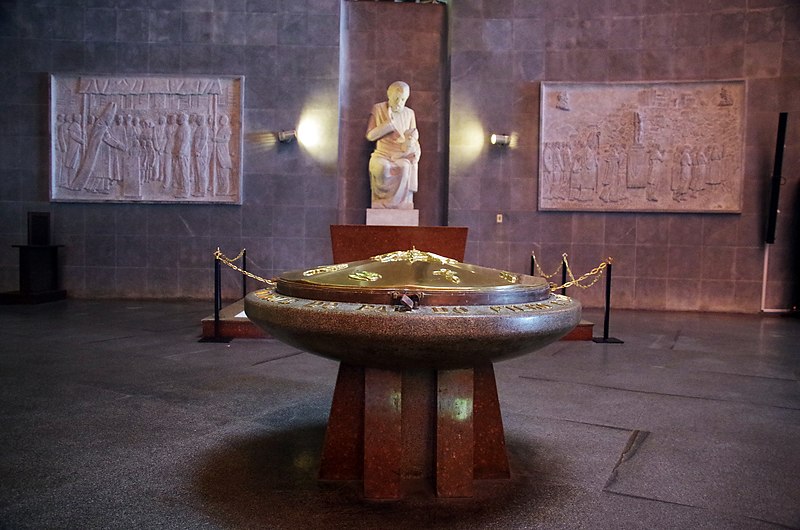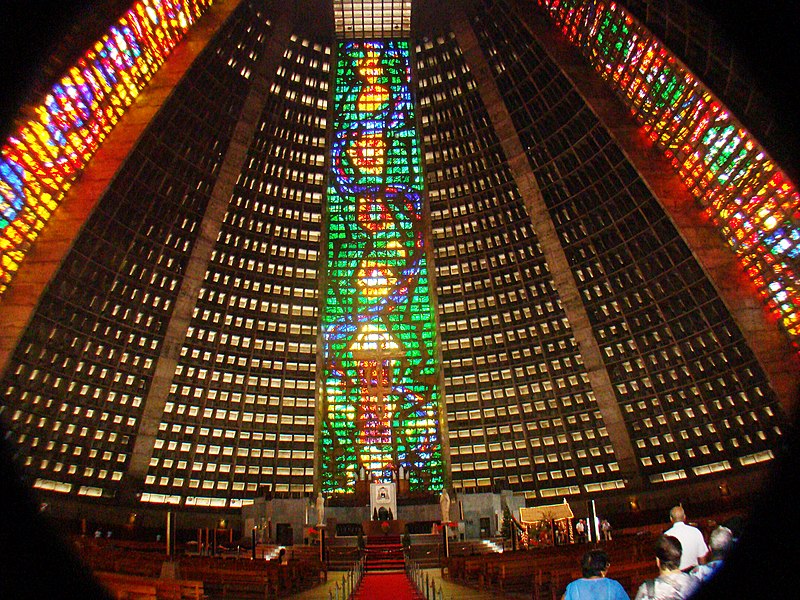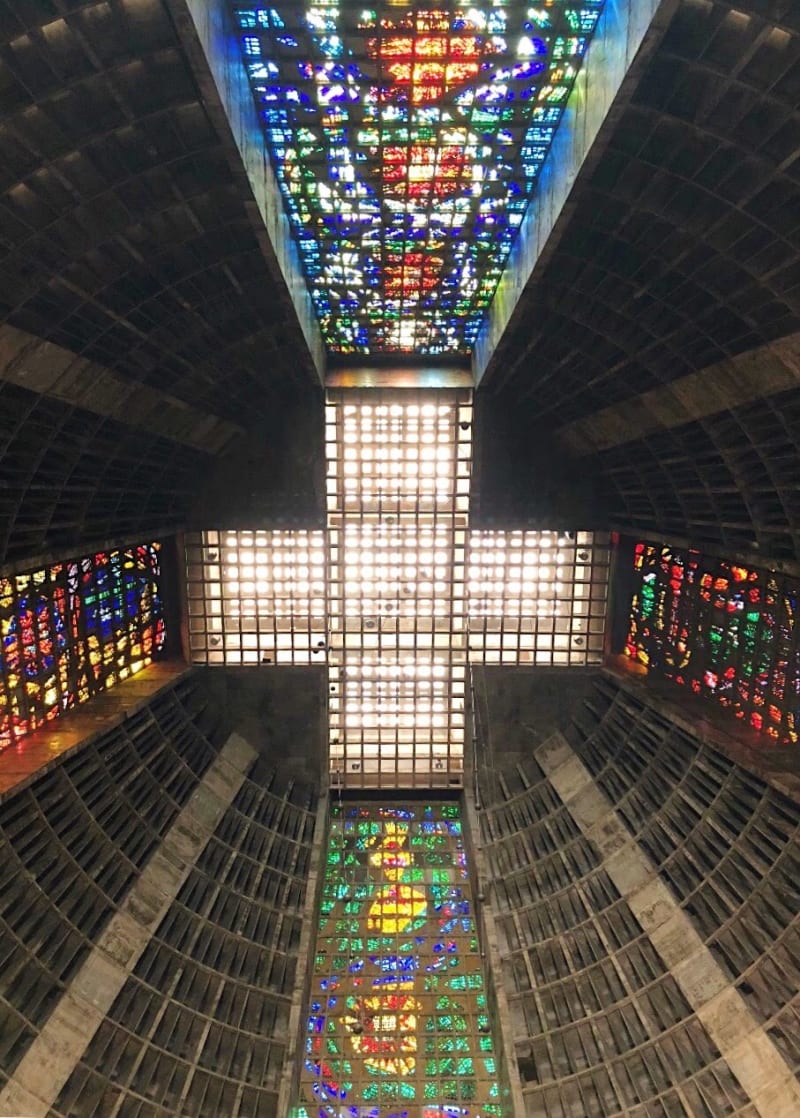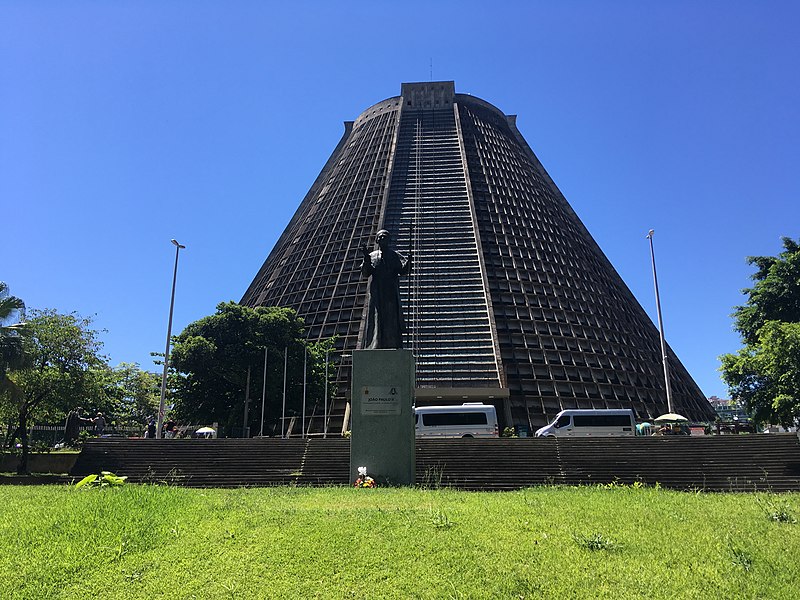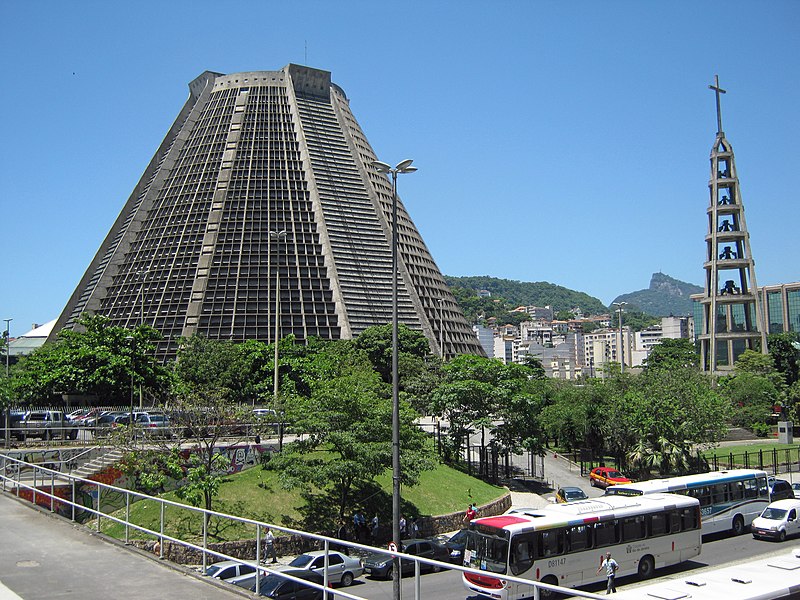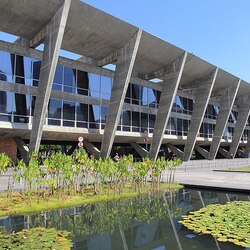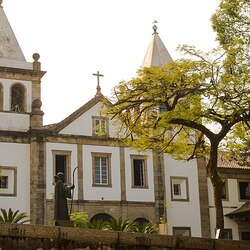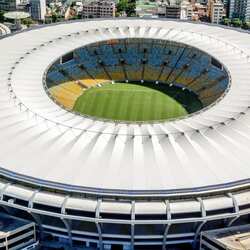Cathedral of St. Sebastian
Located in Brazil, St. Sebastian's Cathedral looks like anything but a cathedral, and thanks to this feature, it has become the most interesting structure in the entire territory of South America. It is noteworthy that this one building was able to replace all the churches, which happened in 1979, when the 15-year construction was finally completed.
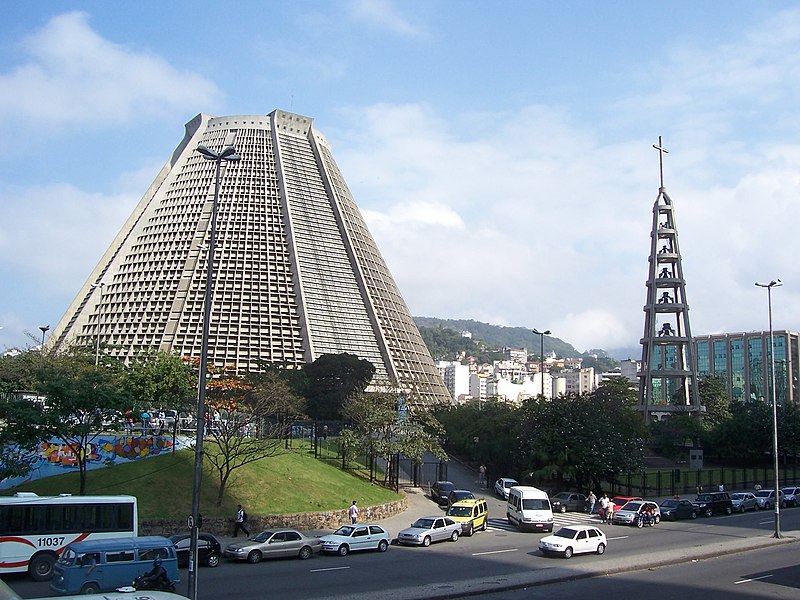
St. Sebastian's Cathedral is somewhat reminiscent of the Mayan Pyramid, towering in the heart of Rio de Janeiro. The height of the building is 75 meters, and its interior area is approximately 8000 km2, so that 5,000 seated and 20,000 standing visitors can fit here at the same time.
St. Sebastian's Cathedral is considered a Catholic cathedral. The name of the church is also not accidental, the cathedral is named after Saint Sebastian, who is considered the patron saint of Rio de Janeiro. According to the traditions of the church, this man was a martyr who was pierced by many arrows for refusing to renounce his faith. But even such injuries did not cause Sebastian's death, and when his wife came to bury her husband, she saw that he was alive. After the attack, he did not try to escape, but on the contrary, came to the emperor to prove the strength of his faith and its ability to work miracles. But this time he was brutally murdered, and his image forever became a saint in the eyes of the residents of the city.

The most striking interior feature of the building is the narrow rectangular windows, of which there are four in the cathedral. Their size extends along the entire height of the cathedral, and to be precise, by 64 meters. Each window has stained glass windows, marking the characteristic of the church.
The creation of a museum of church art in the cathedral took place in 1950. At that time, some of the city's churches had already been destroyed, and all their treasures were transferred to the museum fund. The museum's collection was also replenished with exhibits donated to the church by religious organizations and the richest families of the city. When the construction was completed, it was decided to allocate the lower tier of the building for the exhibition.
Traditionally, as in all religious cathedrals, there is a large crucifix "floating" above the altar, and above it stands another decorative element, in the form of a cross, which is a large window placed in a circle. In general, the architecture of the cathedral is truly unique and therefore worthy of the attention it enjoys among tourists who come to admire this historical masterpiece.
